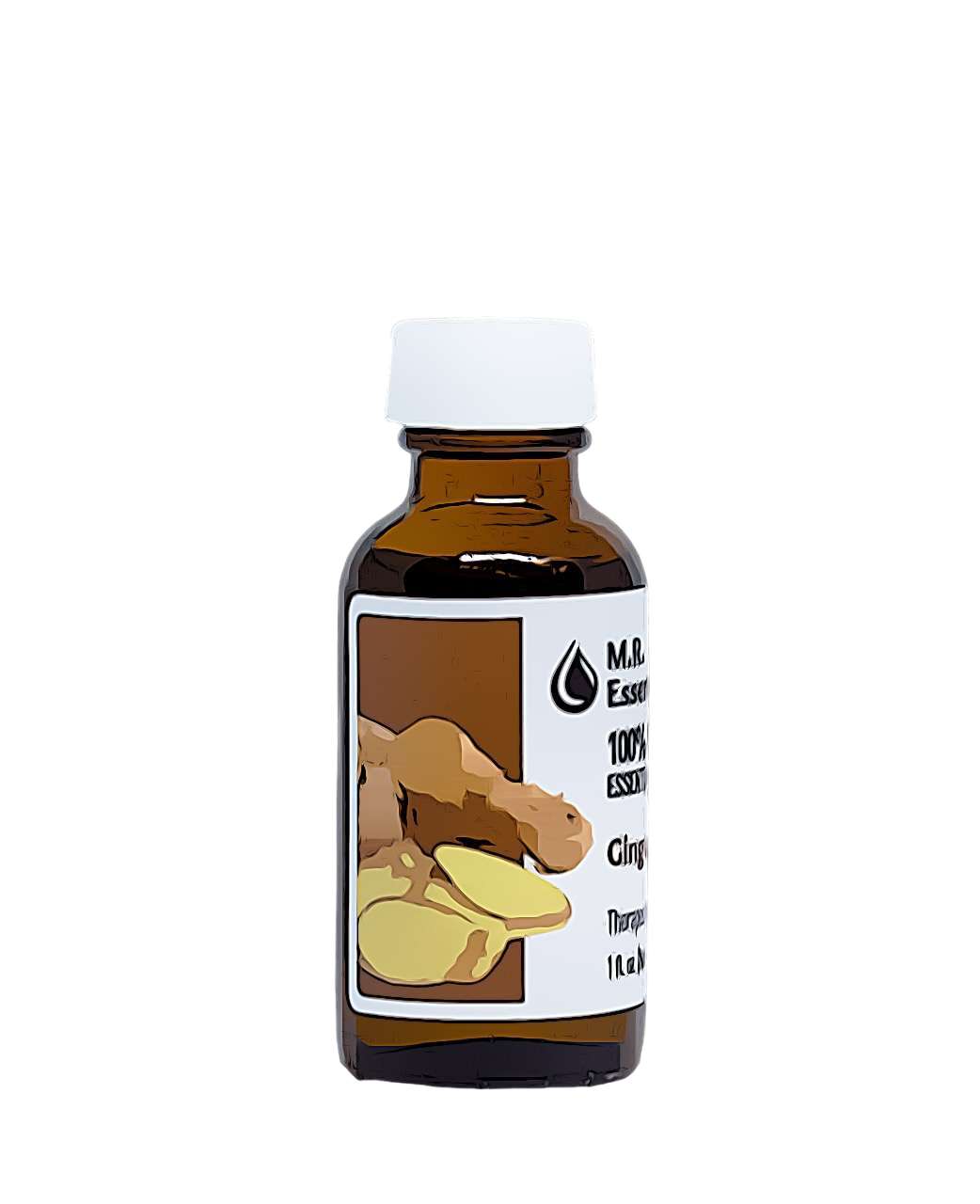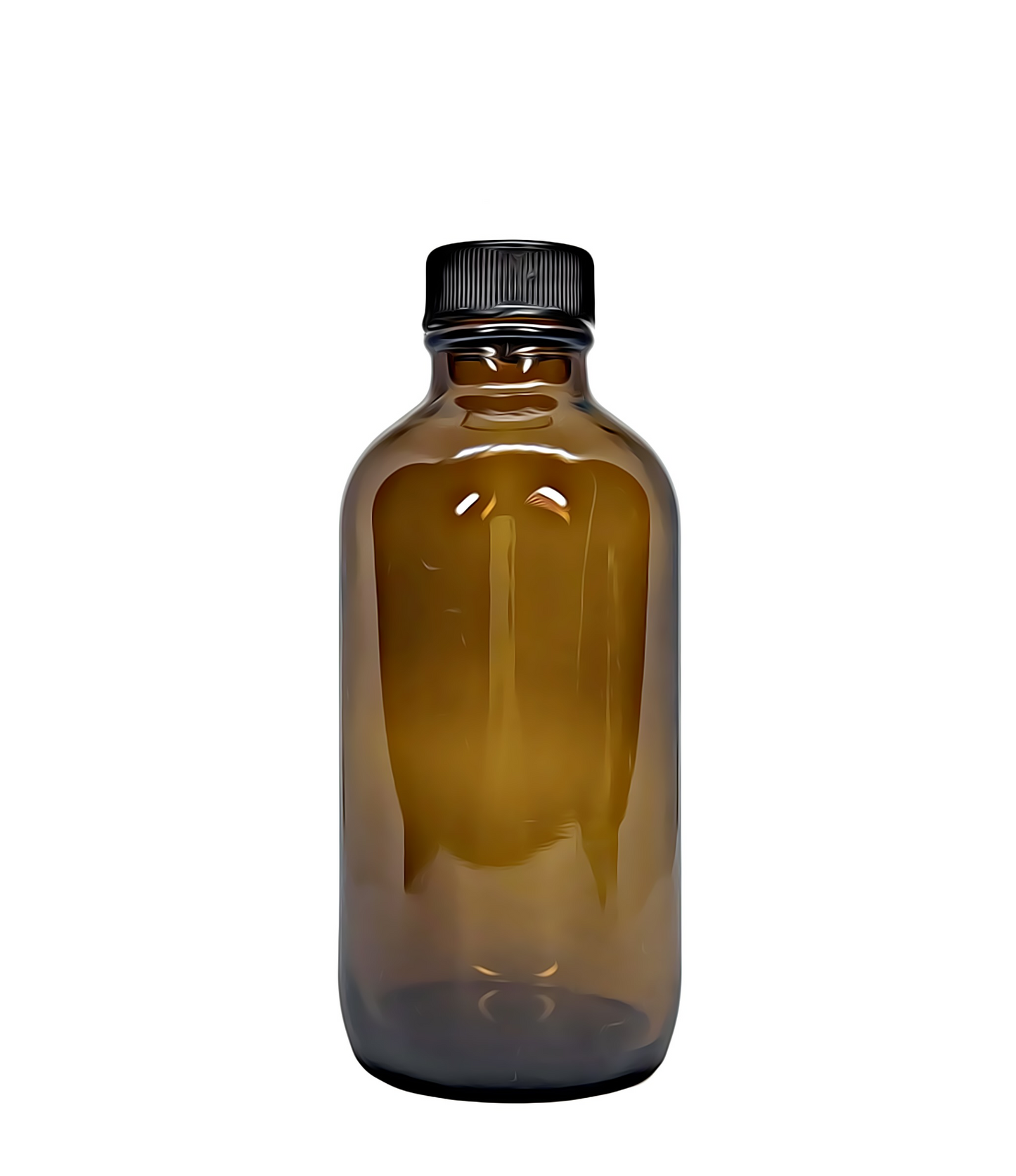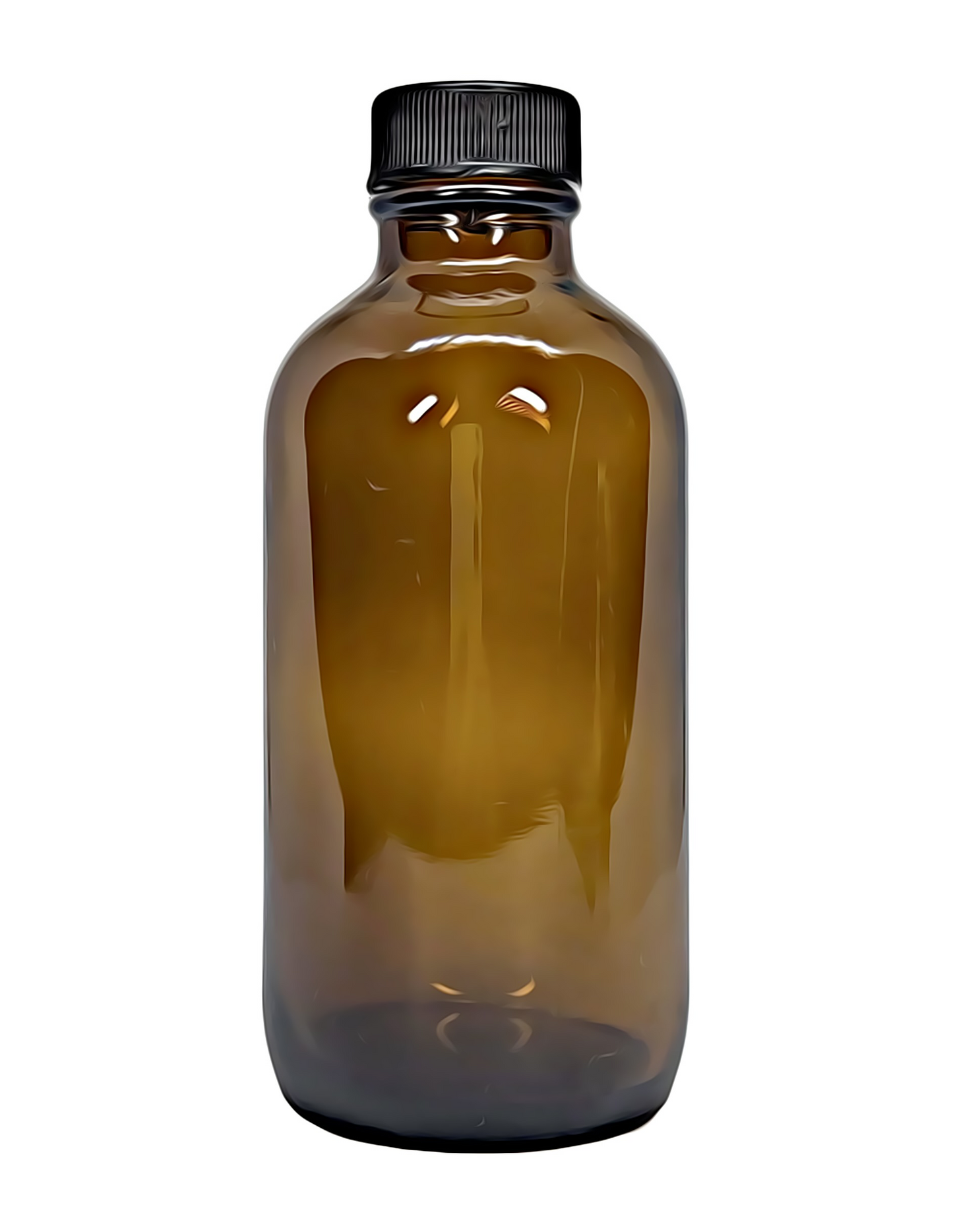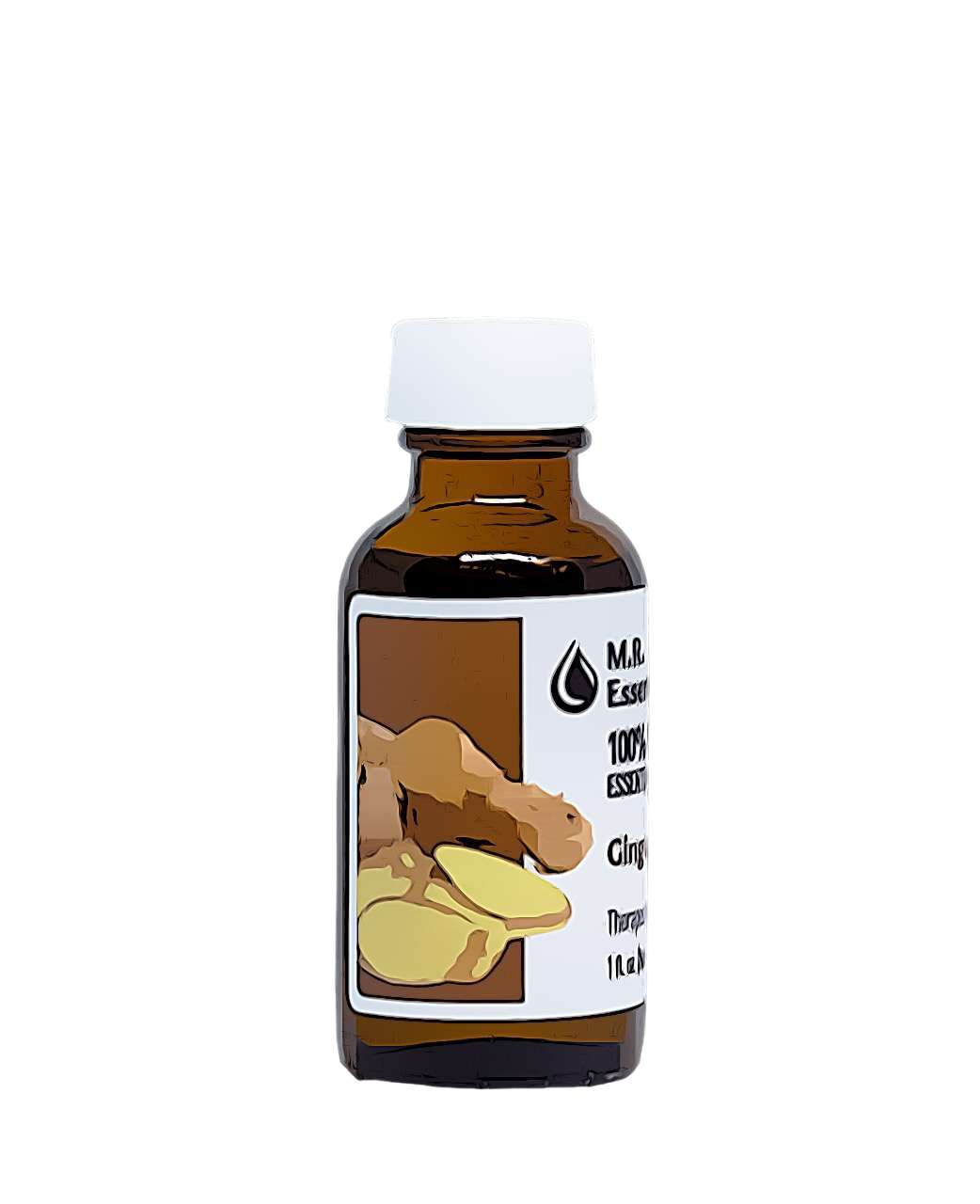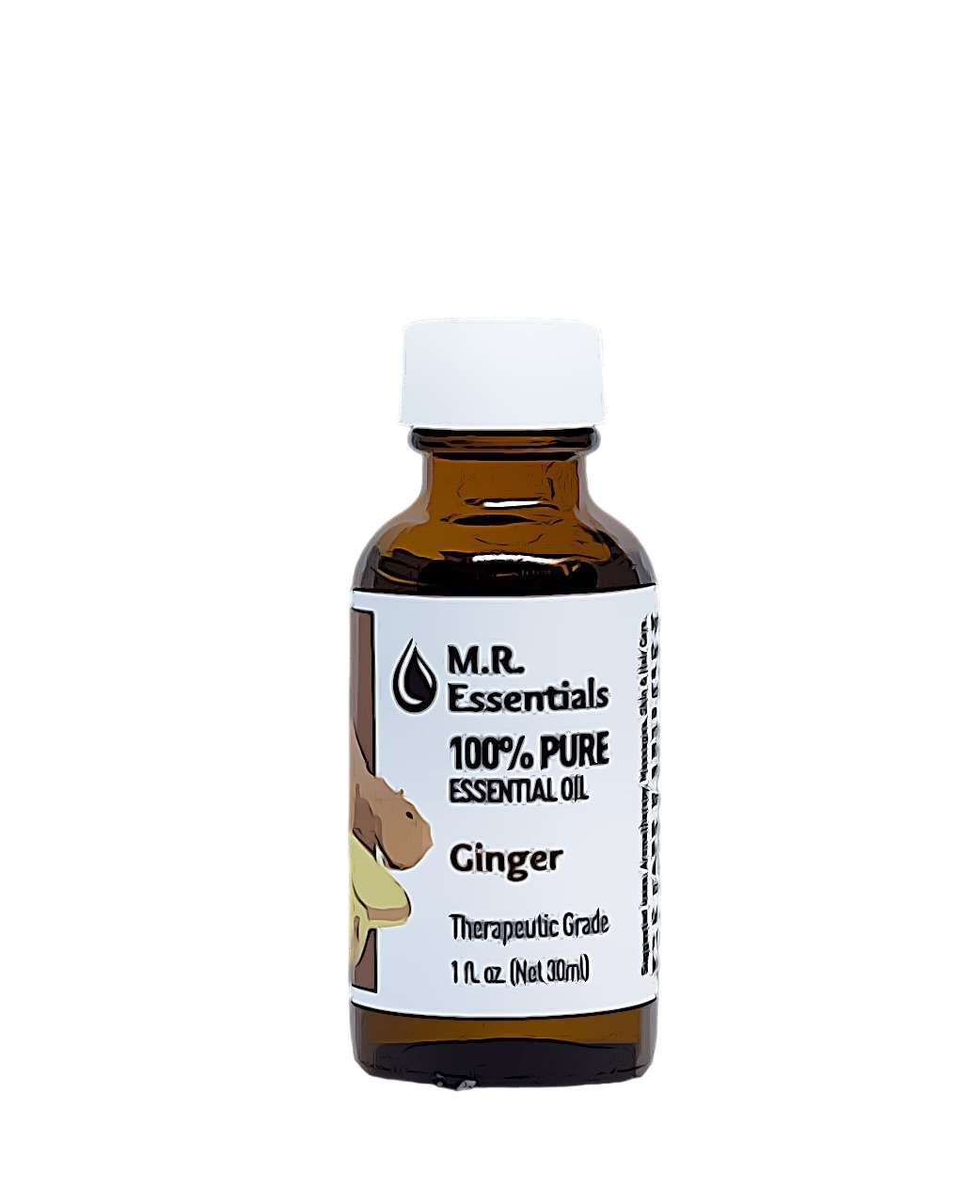MR Essentials
Ginger Essential Oil (Zingiber officinale)
Ginger Essential Oil (Zingiber officinale)
Couldn't load pickup availability
*The statements below have not been evaluated by the Food and Drug Administration. This product is not intended to diagnose, treat, cure, or prevent any disease.
Share
Product Details
Product Details
Method of Extraction: Steam Distillation.
Plant Part Used: Root.
Color: Light Yellow.
Consistency: Thin.
Aromatic Description
Aromatic Description
Perfumery Note: Middle/Base.
Strength of Initial Aroma: Medium – Strong.
Aromatic Description: Warm, spicy, earthy and woody.
Suggested Uses
Suggested Uses
• Aching Muscles.
• Arthritis.
• Nausea.
• Indigestion.
• Poor Circulation.
• Nervous Exhaustion.
Source: Julia Lawless, The Encyclopedia of Essential Oils (Updated Edition) (London: Harper Thorsons, 2014), 101-102.
Dilution Guideline
Dilution Guideline
Adults: Usually, a 2-3% dilution is suitable, about 12-18 drops of essential oil per ounce of carrier oil.
Children (5-10), Frail Elderly, Sensitive Skin: A lower dilution of 1% or less (6 drops per ounce).
Facial or Sensitive Areas: Use a 0.5-1% dilution (3-6 drops per ounce).
Acute or Short-Term Use: For resolving a specific issue, a marginally higher dilution can be used for a period of 2-3 weeks as necessary.
Major Constituents
Major Constituents
Zingiberene. ar-Curcumene. B-Sesquiphellandrene. B-Bisabolene. Camphene. B-Phellandrene. Borneol. 1, 8-Cineole. B-Elemene.
Source: B.M. Lawrence, Progress in Essential Oils. (Perfumer & Flavorist 20 no. 2, 1995), 55. Source cited in Robert Tisserand and Rodney Young, Essential Oil Safety (Second Edition. United Kingdom: Churchill Livingstone Elsevier, 2014), 295.
Safety Information
Safety Information
Tisserand and Young do not indicate any known hazards for Ginger Essential Oil. Some sources do indicate that Ginger Oil is phototoxic. However, Tisserand and Young state that "Low-level phototoxic effects reported for ginger oil are not considered significant (Opdyke 1974 p. 910-902)."
Reading Tisserand and Young's full profile is recommended. [Robert Tisserand and Rodney Young, Essential Oil Safety (Second Edition. United Kingdom: Churchill Livingstone Elsevier, 2014), 295.]
This essential oil poses a higher risk of causing irritation and sensitization when used in the bath. Avoid using it in the bath, even if it is solubilized/diluted.
